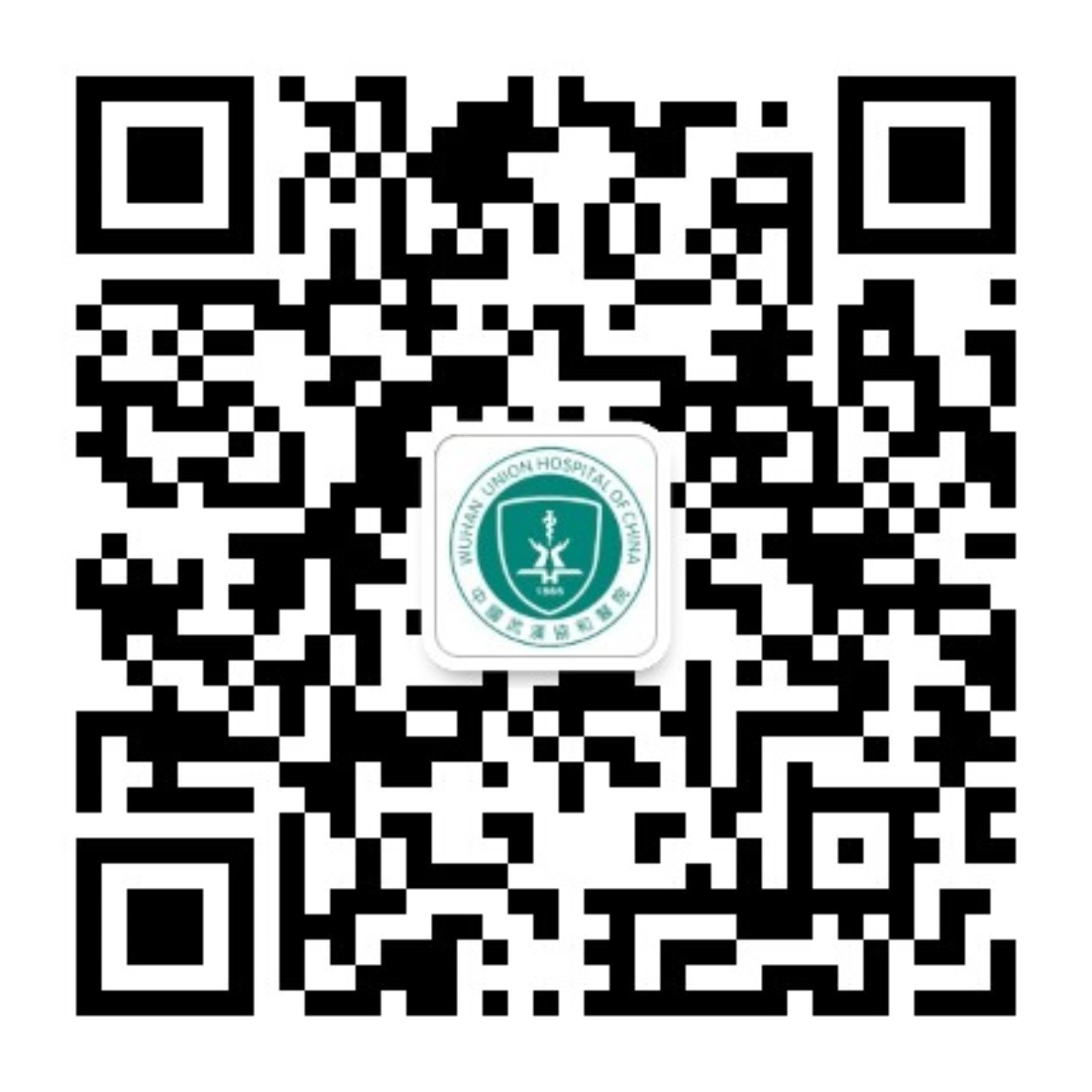The clinical efficacy of coblation tonsillectomy and conventional tonsillectomy in China:A Meta analysis
-
摘要: 目的:系统评价我国低温等离子消融术与常规扁桃体剥离术对扁桃体切除临床疗效的影响。方法:计算机检索PubMed、Cumulative Index to Nursing and Allied Health (CINAHL)、EMBASE、Cochrane Library (2017年4期)、CBM、CNKI、VIP、WanFang数据库、SUMsearch和Google搜索引擎,查找自建库以来至2017年4月30日国内关于低温等离子消融术与常规扁桃体剥离术的随机对照试验(RCT)。由2位评价员独立筛选文献及提取资料,用Cochrane Handbook for Systematic Review of Interventions Version 5.1.0[updated March 2011]手册中针对RCT的偏倚风险评估工具进行评价后,采用Cochrane协作网提供的RevMan 5.3软件进行Meta分析。结果:共纳入32个研究,包含3 197例行扁桃体切除术患者。Meta分析结果显示:低温等离子组患者扁桃体手术切除时间[MD=-17.03,95%CI(-19.78,-14.28),P<0.00001]、术中平均出血量[MD=-27.00,95%CI(-30.44,-23.56),P<0.00001]、术后24 h疼痛[MD=-2.00,95%CI(-2.65,-1.35),P<0.00001]、术后恢复正常饮食时间[MD=-2.01,95%CI(-2.60,-1.42),P<0.00001]、白膜形成时间[MD=-2.44,95%CI(-3.96,-0.93),P=0.002]均明显小于常规剥离组;而术后白膜脱落时间[MD=2.02,95%CI(0.65,3.39),P=0.004]明显长于常规剥离组。结论:与常规剥离术相比,低温等离子切除扁桃体可明显缩短手术时间,减少术中出血量,减轻术后24 h疼痛程度,术后较早恢复正常饮食,且白膜形成时间较早,但延迟脱落。鉴于受纳人研究文献文种和质量有限,上述结论尚需展开更多大样本、高质量的RCT予以验证。Abstract: Objective: To systematically review the clinical efficacy of coblation tonsillectomy and conventional tonsillectomy in China.Method: Randomized controlled trials (RCT) of coblation tonsillectomy and conventional tonsillectomy were searched and retrieved through online databases (PubMed, Cumulative Index to Nursing and Allied Health, EMBASE, Cochrane Library, CBM, CNKI, VIP, WanFang, SUMsearch and Google search engine) and related literatures were reviewed up to 30 April, 2017. Two investigators independently screened literatures,extracted data and evaluated the risk of bias assessment tools for RCT using the Version 5.1.0 of Cochrane Handbook for Systematic Reviews of Interventions. Then, Meta analysis was performed using RevMan 5.3 software provided by the Cochrane Collaboration.Result: A total of 32 RCTs involving 3 197 tonsillectomy patients were included. The results of meta-analysis showed that:the operation time (MD=-17.03, 95%CI -19.78 to -14.28, P<0.00001), intraoperative blood loss (MD=-27.00, 95%CI -30.44 to -23.56, P<0.00001), postoperative pain in 24 hours (MD=-2.00, 95%CI -2.65 to -1.35, P<0.00001), time needed to regain the normal diet (MD=-2.01, 95%CI -2.60 to -1.42, P<0.00001), formation time of white membrane (MD=-2.44, 95%CI -3.96 to -0.93, P=0.002) of patients in the coblation tonsillectomy group were all significantly lower than the conventional tonsillectomy group; while the exfoliation time of white membrane (MD=2.02, 95%CI 0.65 to 3.39, P=0.004) in the coblation tonsillectomy group was significantly longer than the conventional tonsillectomy group.Conclusion: Current evidence shows that, compared with the conventional tonsillectomy group, the coblation tonsillectomy group can significantly shorten the operation time, decrease intraoperative blood loss, alleviate postoperative pain degree during 24 hours, regain the normal diet early and form white membrane early, but delaye the exfoliation time of white membrane. Due to the limited kinds of literature and quality of the included studies, the above conclusions still need to be verified by carrying out more large scale samples and high quality randomized controlled trials (RCTs) studies.
-

-
[1] OMRANI M, BARATI B, OMIDIFAR N, et al.Coblation versus traditional tonsillectomy:a double blind randomized controlled trial[J].J Res Med Sci, 2012, 17:45-50.
[2] RAKESH S, ANAND T S, PAYAL G, et al.A Prospective, Randomized, Double-Blind Study of Coblation versus DissectionTonsillectomy in Adult Patients[J].Indian J Otolaryngol Head Neck Surg, 2012, 64:290-294.
[3] MOESGAARD L, MIRZ F.No clinical advantages of coblation tonsillectomy compared with traditional tonsillectomy[J].Dan Med J, 2012, 59:A4355.
[4] 江春容, 胡斌, 雍军, 等.低温等离子射频消融术切除扁桃体的安全性及可行性的Meta分析[J].中国耳鼻咽喉头颈外科, 2014, 21(11):604-610.
[5] 向淑芳, 郑艳, 司峰志, 等.低温等离子消融术与常规剥离术在扁桃体切除术中疗效的Meta分析[J].疑难病杂志, 2015, 14(3):291-295.
[6] 岑瑞祥, 万浪, 刘昀, 等.低温等离子刀扁桃体切除术疗效的Meta分析[J].解放军医学院学报, 2015, 36(2):144-147.
[7] HIGGINS J P, THOMPSON S G.Quantifying heterogeneity in a meta-analysis[J].Stat Med, 2002, 21:1539-1558.
[8] 刘文波.低温等离子刀扁桃体切除术与传统扁桃体剥离术疗效的比较[J].医学信息, 2013, 26(23):130-131.
[9] 武东霞, 次雪娇, 张炜煜, 等.低温等离子射频消融法与常规剥禽法切除扁桃体的比较[J].中国中西医结合耳鼻咽喉科杂志, 2015, 23(1):66-67.
[10] 王志远.低温等离子扁桃体切除术的临床观察[J].中国现代药物应用, 2010, 4(24):76-77.
[11] 王琰, 杨小营, 马涛, 等.低温等离子手术系统在扁桃体手术中的应用体会[J].中国医刊, 2011, 46(3):65-66.
[12] 磨宾宇, 戴文斌, 周永, 等.低功率单极电刀凝切术与低温等离子刀和传统剥离术对成人扁桃体切除术的效果对比分析[J].中国全科医学, 2012, 15(29):3416-3418.
[13] 胡正茂.低温等离子扁桃体切除术的疗效观察[J].医药前沿, 2016, 6(23):83-84.
[14] 邹文焘, 张家雄, 蔡晓菁.低温等离子消融术治疗慢性扁桃体炎临床研究[J].中华临床医师杂志, 2013, 7(4):1788-1789.
[15] 陈瑜萍, 张晖萍.扁桃体挤切术剥离术及低温等离子消融术临床应用体会[J].河北医学, 2012, 18(9):1219-1221.
[16] 余文兴, 黄红星, 杨森, 等.低温等离子用于儿童扁桃体消融术的临床分析[J].中国医药科学, 2012, 2(3):23-24.
[17] 张彦书, 姜永进, 卢长云, 等.低温等离子扁桃体切除术与常规扁桃体剥离术儿童手术中的疗效对比研究[J].实用临床医药杂志, 2013, 17(24):100-101.
[18] 李云秋, 肖旭平, 谭志强, 等.低温等离子扁桃体切除术临床分析[J].医学临床研究, 2012, 29(9):1688-1690.
[19] 杜卓.低温等离子切除小儿扁桃体优缺点的临床观察[J].中外健康文摘, 2014, 3:129-129.
[20] 杨琴, 杨秀云, 王世飞.儿童扁桃体切除两种手术方法的临床分析[J].现代预防医学, 2012, 39(19):4988-4989.
[21] 王杰, 董钏, 梁传余, 等.低温等离子刀扁桃体切除术的临床研究[J].中华耳鼻咽喉头颈外科杂志, 2005, 40(5):382-383.
[22] 王洁, 刘大波, 黄振云.低温等离子扁桃体消融术与常规扁桃体剥离术在儿童手术中的对比研究[J].临床耳鼻咽喉头颈外科杂志, 2009, 23(15):690-692.
[23] 谢江英, 黄文霞, 冯晓霞.低温等离子刀扁桃体切除术的止血效果观察[J].现代预防医学, 2010, 37(23):4580-4581.
[24] 赵媛媛, 乔在成, 门晓红.小儿扁桃体等离子手术与传统切除术疗效分析[J].内蒙古医学院学报, 2012, 34(5):824-825.
[25] 陈惠萍, 沈翎.低温等离子刀扁桃体切除术与传统扁桃体剥离术疗效比较研究[J].中外医疗, 2015, 22:68-69.
[26] 张林.低温等离子与常规方法切除扁桃体的临床比较[J].吉林医学, 2014, 35(15):3215-3216.
[27] 李俊, 吴翔磊, 周绪红.低温等离子射频扁桃体包膜内部分切除术与剥离切除术治疗慢性扁桃体炎疗效分析[J].武汉大学学报, 2011, 32(6):828-829.
[28] 李燕, 李宣.低温等离子刀治疗慢性扁桃体炎疗效观察[J].齐齐哈尔医学院学报, 2011, 32(24):3961-3962.
[29] 熊景鹏.低温等离子扁桃体消融术临床分析[J].中国耳鼻咽喉头颈外科, 2011, 18(3):164-165.
[30] 王伟, 冯耀清, 赵英萃.低温等离子射频消融在扁桃体切除术中的应用[J].吉林医学, 2012, 33(25):5424-5425.
[31] 田永远.低温等离子刀在扁桃体切除术中的临床应用评价[J].中国医药指南, 2012, 10(34):56-57.
[32] 程默羽, 汪旭.等离子扁桃体切除术与常规扁桃体剥离术术后出血情况的比较[J].微创医学, 2015, 10(4):449-450.
[33] 臧艳姿, 马崧, 万保罗, 等.低温等离子扁桃体切除术与传统术式的对照研究[J].中国眼耳鼻喉科杂志, 2015, 15(1):28-31.
[34] 覃继新, 刘津.低温等离子消融系统辅助下扁桃体切除术的疗效分析[J].右江医学, 2010, 38(6):707-709.
[35] 郭照萌.等离子扁桃体包膜内融切术与传统扁桃体切除术比较分析[D].遵义:遵义医学院耳鼻咽喉科, 2013.
[36] 钟贞, 肖水芳, 王春燕, 等.等离子扁桃体切除术与常规剥离法扁桃体切除术之比较[J].临床耳鼻咽喉科杂志, 2006, 20(9):391-392.
[37] 陈伟, 吴昆更, 王天友, 等.两种扁桃体切除方法的临床观察[J].中国耳鼻咽喉颅底外科杂志, 2013, 19(6):516-520.
[38] 项光早, 胡建文, 陈伟军.低温等离子辅助扁桃体切除术与传统手术疗效的比较[J].中国耳鼻咽喉头颈外科, 2013, 20(12):653-654.
[39] 冷辉, 孙海波, 马仲平, 等.低温等离子刀扁桃体切除术的临床观察[J].中国中西医结合耳鼻咽喉科杂志, 2009, 17(5):290-290.
[40] TEMPLE R H, TIMMS M S.Paediatric coblation tonsillectomy[J].Int J Pediatr Otorhinolaryngol, 2001, 61:195-198.
[41] SHAPIRO N L, BHATTACHARYYA N.Cold dissection versus coblation-assisted adenotonsillectomy in children[J].Laryngoscope, 2007, 117:406-410.
[42] DI RIENZO BUSINCO L, COEN TIRELLI G.Paediatric tonsillectomy:radiofrequency-based plasma dissection compared to cold dissectionwith sutures[J].Acta Otorhinolaryngol Ital, 2008, 28:67-72.
[43] POLITES N, JONIAU S, WABNITZ D, et al.Postoperative pain following coblation tonsillectomy:randomized clinical trial[J].ANZ J Surg, 2006, 76:226-229.
[44] CHINPAIROJ S, FELDMAN M D, SAUNDERS JC, et al.A comparison of monopolar electrosurgery to a new multipolar electrosurgical system in a ratmodel[J].Laryngoscope, 2001, 111:213-217.
[45] STOKER K E, DON D M, KANG D R, et al.Pediatric total tonsillectomy using coblation compared to conventional electrosurgery:aprospective, controlled single-blind study[J].Otolarngol Head Neck Surg, 2004, 130:666-675.
[46] COSTE A, YONA L, BLUMEN M, et al.Radiofrequency is a safe and effective treatment of turbinate hypertrophy[J].Laryngoscope, 2001, 111:894-899.
[47] WINDFUHR J P, CHEN Y S.Incidence of post-tonsillectomy hemorrhage in children and adults:a study of 4, 848patients[J].Ear Nose Throat J, 2002, 81:626-628.
-

计量
- 文章访问数: 1060
- PDF下载数: 230



 下载:
下载:
